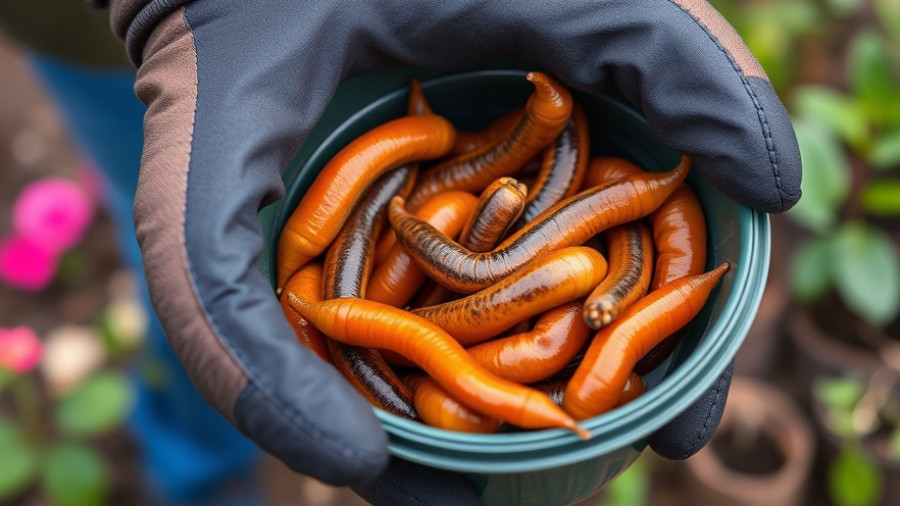
Unlocking the Hidden Potential of Eggshells: Sustainable Living at Its Best
In an age where sustainability is more important than ever, we might overlook items in our kitchens that hold untapped potential. Eggshells, often discarded after breakfast, are a prime example of this overlooked treasure. These humble scraps can boost your garden’s growth and offer clever home solutions, making them a versatile resource. With a little creativity, we can reduce waste and promote eco-friendly practices, perfect for anyone looking to lead a more sustainable lifestyle.
The Environmental Benefit of Recycling Eggshells
Discarding eggshells not only wastes resources but also adds more to landfills. By reusing these natural scraps, we align ourselves with eco-conscious practices that contribute positively to our environment. Eggshells are rich in calcium, making them a perfect amendment for soil. Incorporating eggshells into your gardening routine allows for a natural and organic way to nourish your plants, reducing reliance on chemical fertilizers. This win-win scenario highlights why we should start thinking before tossing them out.
Boosting Garden Vitality with Kitchen Scraps
One of the most effective uses for eggshells is enhancing garden soil fertility. Sprinkling crushed eggshells around plants provides essential minerals such as calcium, phosphorus, and potassium—nutrients vital for plant growth. Additionally, lining seed-starting pots with finely crushed eggshells serves as biodegradable pods that feed the roots with nutrients. This practice not only promotes robust growth but also simplifies your planting process. Next time you're preparing your favorite omelet, consider how those shells might become champions in your garden.
Eggshells as Household Helpers
Beyond garden benefits, eggshells can find a place in your household cleaning routine. Crushed eggshells act as a natural abrasive cleaner—perfect for scrubbing tough residues on pots, pans, and countertops without the harsh chemicals. Additionally, let’s not forget the potential in maintaining indoor plant health. Rinsed and crushed eggshells mixed with water can serve as nutrient-rich fertilizer for your houseplants, promoting lush growth while minimizing waste.
Creative Uses in the Kitchen and Beyond
Feeling particularly crafty? Consider using eggshells as seed starting cups. After gently cracking the eggs and rinsing the shells, you can fill them with soil and plants' seeds. This creative use not only recycles eggshells but also allows you to transition seedlings directly into your garden, minimizing transplant shock and ensuring a healthier start. Imagine your future garden flourishing, supported by seeds planted in the very shells that held your breakfast. It shows how one simple item can play multiple roles.
Encouraging Everyone to Recycle
Sharing your newfound knowledge about recycling eggshells can have a ripple effect, inspiring friends and family to adopt similar eco-friendly practices. As environmental responsibility grows in importance, being part of the change starts by implementing small, manageable steps—from recycling kitchen scraps to enhancing local ecosystems.
By taking the initiative to reduce household waste through the reuse of eggshells, you are contributing to a healthier planet. So, don’t toss those eggshells! Instead, let them lead the way to a greener home and garden.
 Add Row
Add Row  Add
Add 




Write A Comment